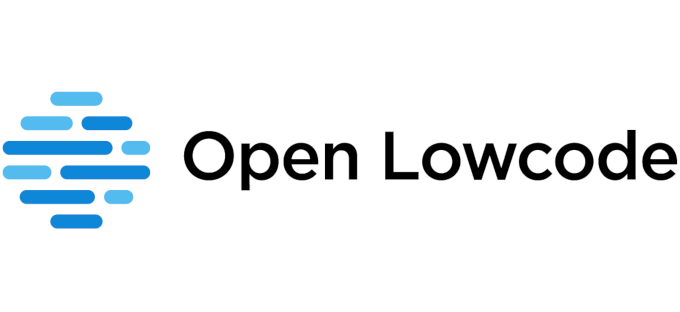Open Lowcode flavor of low-code
As the old low-code approach is gaining again in interest, there are dozens of offers in the area. Open Lowcode has an original approach focusing on users actual needs, and low cost of ownership.
Data-Model with value-added features
The core of Open Lowcode is the definition of business objects. This is an enriched data-model, defining the business data, and also value-added features you wish to add to your business data. Those features, called properties, provide a plug-and-play answer to common needs. Open Lowcode has more than 20 of them, ranging from the trivial (record modification date and user) to the more complex: file attachment, full auditing, lifecycle, subjects, workflows. Based on 20 years of experience building enterprise software, those value-added features are generic, and cover a majority of the complexity of building an enterprise application. Some properties can be personalized through business rules, with differentiated behavior.
Standard yet powerful Ergonomics
One those business objects are defined, a standard application is generated, including screens and standard actions. Those actions and screens should support most of the user interactions, provided they are elaborate enough.
Enterprise Grade Security
Open Lowcode provides enterprise-grade security features without coding. An action is accessible only to authorized people, with powerful patterns to define those authorizations. The application is also configured with default choices that allow definition of standard security at low cost.
Extension for specific logic
It is of course possible to build custom actions and pages, and the framework provides all the means to do so. The interaction between the generic component and the specific component has been architected to allow easy maintenance with time.
Focus on PC and data-processing
Open Lowcode focus is on tasks that require entry and analysis of significant data-sets, and the framework objective is to offer the greatest productivity. So Open Lowcode is developed first for the personal computer, this weird machine with a keyboard and a mouse that is actually the most adapted device for “real work. In a later stage, some relevant information may be shown on smartphones.
Core Focus on Developer, then making digital citizens autonomous
Open Lowcode was conceived first so that a developer can be 30 times more productive than with most standard tools. To develop custom logic and pages, the application uses java, the most common cross-platform full feature programming language, even if not the most trendy. This is here to stay. The definition of business objects is done today also in java, but clearly, having a graphical editor is an objective. Depending on user requests, the Open Lowcode full solution may be released before or after the graphical editor is ready.
The graphical editor of business objects will for sure improve productivity, and will allow also “digital citizens” to configure themselves 80 to 98% of a typical application before calling a developer. In Open Lowcode vision, this last step, development by an IT professional is envisioned to still be necessary in a majority of cases. There are too many experiences of tools or frameworks not allowing development, and application owners devising workarounds of incredible complexity to implement business needs that would have been a few lines of codes. Developpers are still at the core of a succesfull application.
Full Open-Source, can run everywhere
Open Lowcode is fully open-source, and can be installed on your premises if you have special constraints, or if you think your local operation team is more efficient than a cloud provider. Suprisingly, for the need of a business application, a good operation team can be better value for money, especially for the cases where operational constraints are limited, or when parts of your data-center is already paid-off, and you can enjoy the low marginal costs it brings. The Open Lowcode company will also in the future provide a cloud-based offering based on the framework, if it is simpler for you to move to the cloud.
Dirt cheap to Operate
Open Lowcode is full open-source, and can run on an environment with an open-source stack: open-source databases such as MariaDB or PostGreSQL, and operating system like Linux. Also, Open Lowcode has been designed to use a minimum of resources on your server. This may reduce your hardware cost by a factor of 3 to 20 compared to alternatives. Open Lowcode does not require complex setup of your server: generally, all is needed is configuring a few parameters (database location…), and then everything will work smoothly.
The first installation of Open Lowcode in production took 1 hour, and most of the time was spent on tasks that, since, were optimized. Deploying an update is often as simple as deploying a single file to the server, and restarting the server, with, as a result, 10 to 30 seconds of service interruption that are barely noticeable by users.
Open Lowcode runs on a very simple stack, standard java and a sql database. Those widespread and standard technologies ensure you will have no obsolescence issue for the decades to come. That is one less worry and spending to plan.
A call to action
Open Lowcode approach may not make the best marketing slides. However, it is based on 20 years of experience of deploying applications, what is really needed, and what costs a lot of pain and effort. Considering the disastrous track-record of IT solutions built to to optimize their sales process, it is worth your time experimenting with the honest and down-to-earth approach of Open Lowcode.




Leave a Reply
Want to join the discussion?Feel free to contribute!